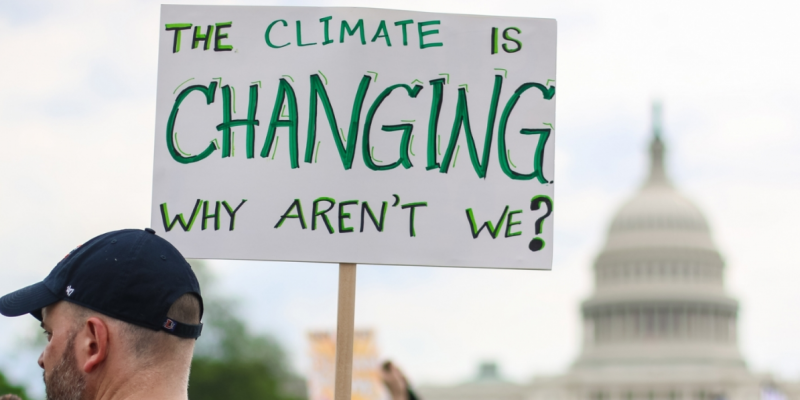For 20 years activists have been lobbying municipalities nationwide to file lawsuits against utilities companies– now they are targeting “manufacturers in the energy sector”!
This includes oil and natural gas companies, refiners, fuel transport, coal gas producers, distribution, sales and retailers, including gas stations, and ultimately consumers who may bear the brunt of increased costs due to litigation.
At least 14 municipalities, one state and a California crab fishermen’s association have filed cases against energy manufacturers “with more entities likely to file additional lawsuits” soon, according to the National Association of Manufacturers [NAM], which represents 14,000 companies that employ 12.8 million Americans.
EarthRights International [ERI], a Washington, D.C.-based nonprofit, met several times with Fort Lauderdale city officials last year in attempt to encourage the city to sue “manufacturers in the energy sector.”
NAM warns that similar efforts are being launched in Miami Beach and Jacksonville by activists using a Center for Climate Integrity report, “Climate Costs in 2040: Florida.” The report states that Florida taxpayers will need to pay $75.9 billion to build seawalls as sea levels rise– and energy manufacturers should pay for it.
A recently released report by NAM’s Manufacturers’ Accountability Project [MAP], “Beyond the Courtroom: Climate Liability Litigation in the United States,” traces “climate litigation” over a 20-year period. It identifies key players and “the multifaceted operation that continues to generate and support these lawsuits,” including “a new wave of lawsuits against energy manufacturers hitting America’s courtrooms since 2017,” which pose “a dangerous risk to all of the country’s manufacturing sectors.”
MAP’s report – the first in a series – “explores how the climate litigation campaign has grown into a well-funded and well-organized group of nonprofits and law firms, many of which stand to benefit from protracted fundraising campaigns even if they ultimately lose the lawsuits. All the while, they try to leverage their ability to recruit plaintiffs to file these lawsuits in their effort to drive national energy policy and a potential settlement, even if their claims have no legal merit.”
In 2011, U.S. Supreme Court unanimously rejected “climate litigation,” which Justice Ruth Bader Ginsburg explained in the court’s ruling on American Electric Power (AEP) v. Connecticut.
The court said Congress and federal agencies were “better equipped” than judges through lawsuit to address climate change.
In 2012, according to MAP,
“environmentalists and lawyers convened in La Jolla, Calif., to come up with new ideas for suing the energy industry over climate change.
“For example, the plaintiffs sued energy manufacturers instead of utilities, filed their lawsuits under state [not federal] tort law, and told judges they were not trying to stop manufacturers from promoting, producing or selling their energy products. Instead, they claim these lawsuits are only about making energy companies pay for impacts of climate change.
“To date, courts have found these are differences without legal distinctions, and that selling, just like using, energy does not make one liable for global climate change.”
The MAP report notes that at least three lawsuits against energy manufacturers have been dismissed by district courts over the past few years.
Despite a track record of failure, “why are environmentalists, local governments, and private law firms still investing time and resources into these lawsuits?” the report asks.
It answers: because many “stand to benefit from protracted fundraising campaigns even if they ultimately lose the lawsuits.”
Advertisement
Advertisement

